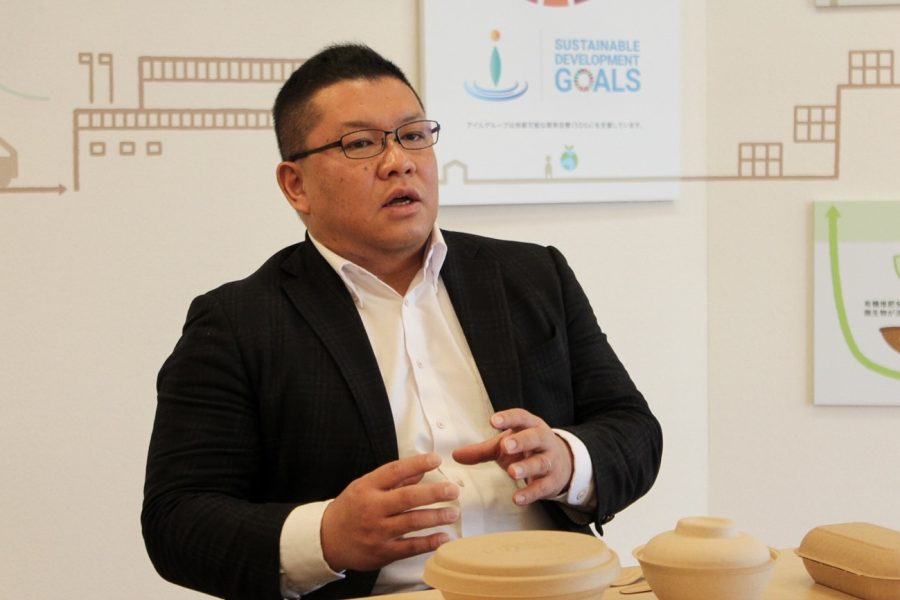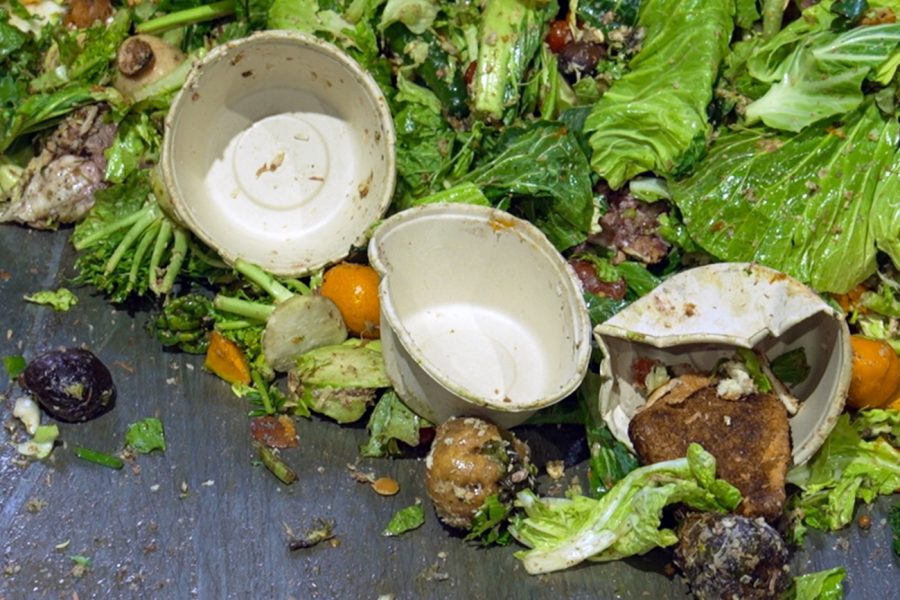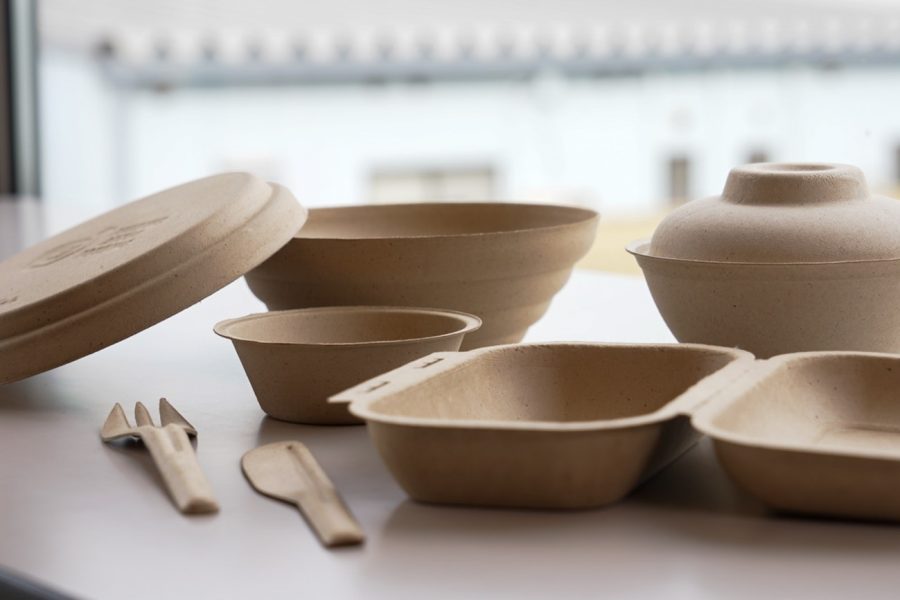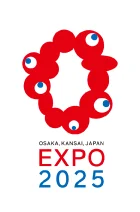
In August 2020, he started a demonstration experiment at Kasai Rinkai Park (Edogawa City, Tokyo). At a café in the park, three kinds of edish products (bowls, flat plates, and deep plates) were used. A dedicated collection box was installed, and customers were requested to sort garbage after having a meal. The collected garbage was made into a fertilizer with a compact production device he brought, and used for creating flowerbeds inside the park.
Yanase, who is a trading company’s employee mainly in charge of the distribution of purchased products and brokerage among enterprises, saw consumers using products developed by himself for the first time in his life. He said, “I felt great, with indescribable senses of satisfaction and achievement.” That experience motivated him further.
After that, he conducted demonstration experiments at various places, including the stadiums for J-League games, hotel restaurants serving buffet-style breakfast, barbecue sites, and beach restaurants. When a stall in front of the stadium of Kawasaki Frontale in J1 sold salt-flavored chanko (Japanese stew) with a plastic container for 500 yen and that with an edish container for 550 yen, 70% of customers chose the edish one after listening to their explanation, although the price was 50 yen higher.
While receiving a favorable response, he gradually identified some problems. In the experiments, many customers tossed the dishes into general trash cans before they noticed. He keenly felt the difficulty in sorting and collecting waste. There were few facilities with compost production equipment, so he was faced with thorny obstacles, which are the labor and costs of installation.
In that situation, an employee of Osaka Branch encouraged him to apply for Co-Design Challenge. He thought, “If edish is used at a big event, which attracts a lot of people from around Japan and the world, and becomes popular, it may be possible to find the key to solving the problems.” He planned to supply 100,000 bowls for meals at the venue and a company of the “Hitachi Zosen” group, which participates in Co-Design Challenge, will kindly produce dish collection boxes.
Based on the opinions of users, he is improving his product step by step. Regarding raw materials, he uses a variety of food waste, such as the outer skins of cacao and coffee, residues after squeezing fruit, such as apples and mandarin oranges, and used tea leaves in addition to wheat bran, while considering food allergy. For compost production, he enlisted cooperation from “I’ll Clean-Tech Co., Ltd,” a food recycling company with a long track record in Saitama City, so that the company will deal with it in a constant manner.
Its success depends on whether he can have customers understand the added value of edish compared with cheap disposable plastic containers, and distribute edish products. He said, “I will approach a critical stage. I hope to cultivate sales channels also with an eye to overseas markets, and drastically change the mindset of consumers who take disposable products for granted.”
Yanese intends to keep carefully growing his budding dream until it blooms a large flower.


Share this article


